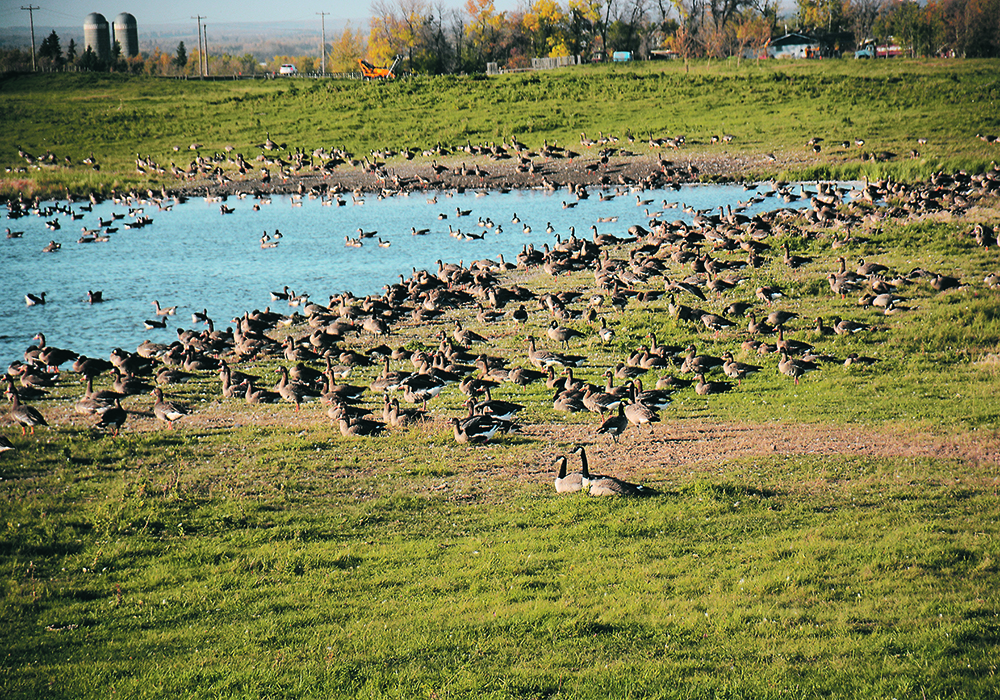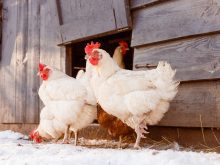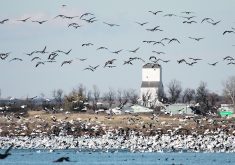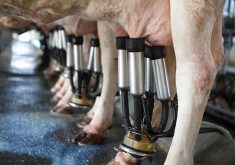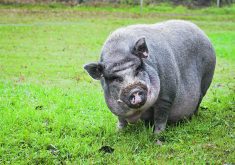Wildlife organizations, domestic commercial operations have been working to refine already tight biosecurity measures
After months in which only a few cases of avian influenza have been reported in Western Canada, the highly infectious strain of the virus has made a limited return.
The end of October has seen four commercial poultry operations with positive cases of avian influenza in British Columbia. Alberta has dealt with five since the beginning of September and Saskatchewan one.
The highly parthenogenic variant of avian influenza first hit poultry producers hard in the spring of 2022, when the virus hit all provinces, and millions of birds were euthanized.
Read Also

Short rapeseed crop may put China in a bind
Industry thinks China’s rapeseed crop is way smaller than the official government estimate. The country’s canola imports will also be down, so there will be a lot of unmet demand.
The timing of the current cases is suspected to be linked to fall migration of wild birds and fowl.
Melanie Whalen, Calgary Wildlife’s director of animal care, said actual and suspected cases of avian influenza in wild birds that the organization has tested for have increased since the end of September.
“We’ve had some waterfowl, a couple of magpies and some great horned owls that all came in with suspect conditions that would indicate HPAI (highly pathogenic avian influenza). We’ve had about 30 birds come in during that period of time,” she said.
Last winter saw large die-offs of resident migratory birds in southern Alberta and B.C. along with cases found in small scavenging mammals.
Concerns that those cases in the wild would again affect commercial operations in Western Canada didn’t materialize this spring but the situation lined up with theories on how the virus interacts with the environment in its spread.
“The virus itself thrives in moist, cooler temperatures,” said Whalen, adding that there were anecdotally fewer cases in the spring and summer this year, which were both hot and dry in the province. “But this fall, we’ve kind of got these cases out of nowhere in pretty much every waterfowl bird that we’ve seen come in here is showing symptoms of the disease.”
Wildlife organizations and domestic commercial operations are refining already tight biosecurity measures, she added.
Nearly eight million birds have been euthanized since early 2022 because of flocks testing positive for avian influenza, with B.C. totalling more than 3.6 million birds and Alberta second with 1.5 million birds.


